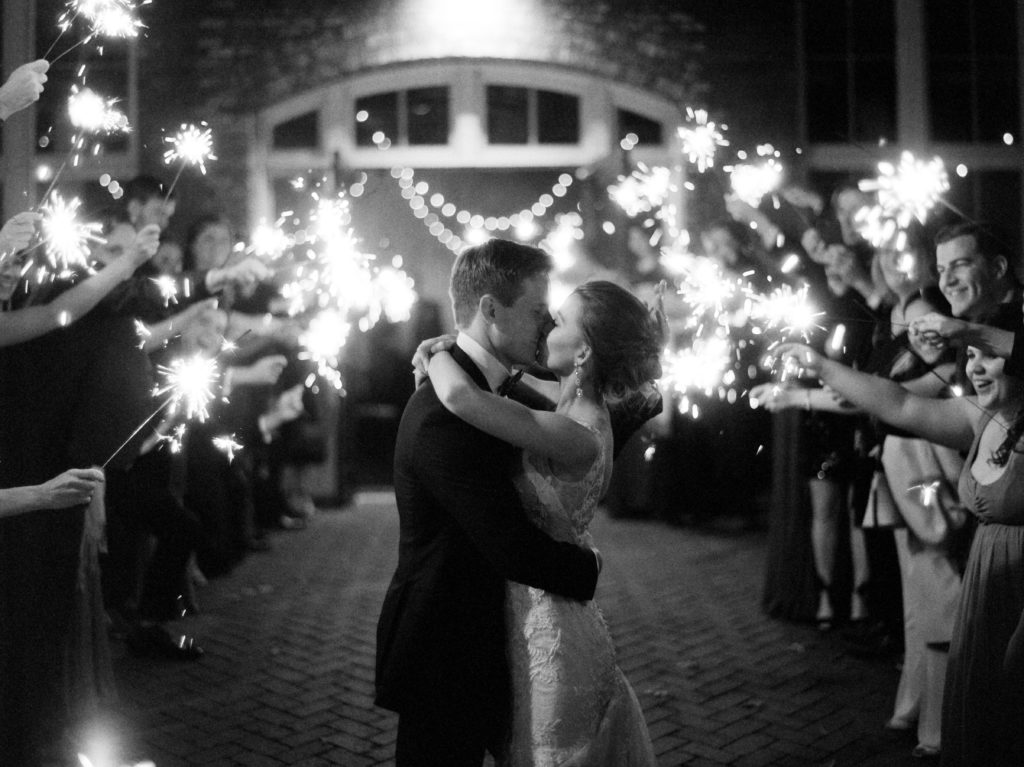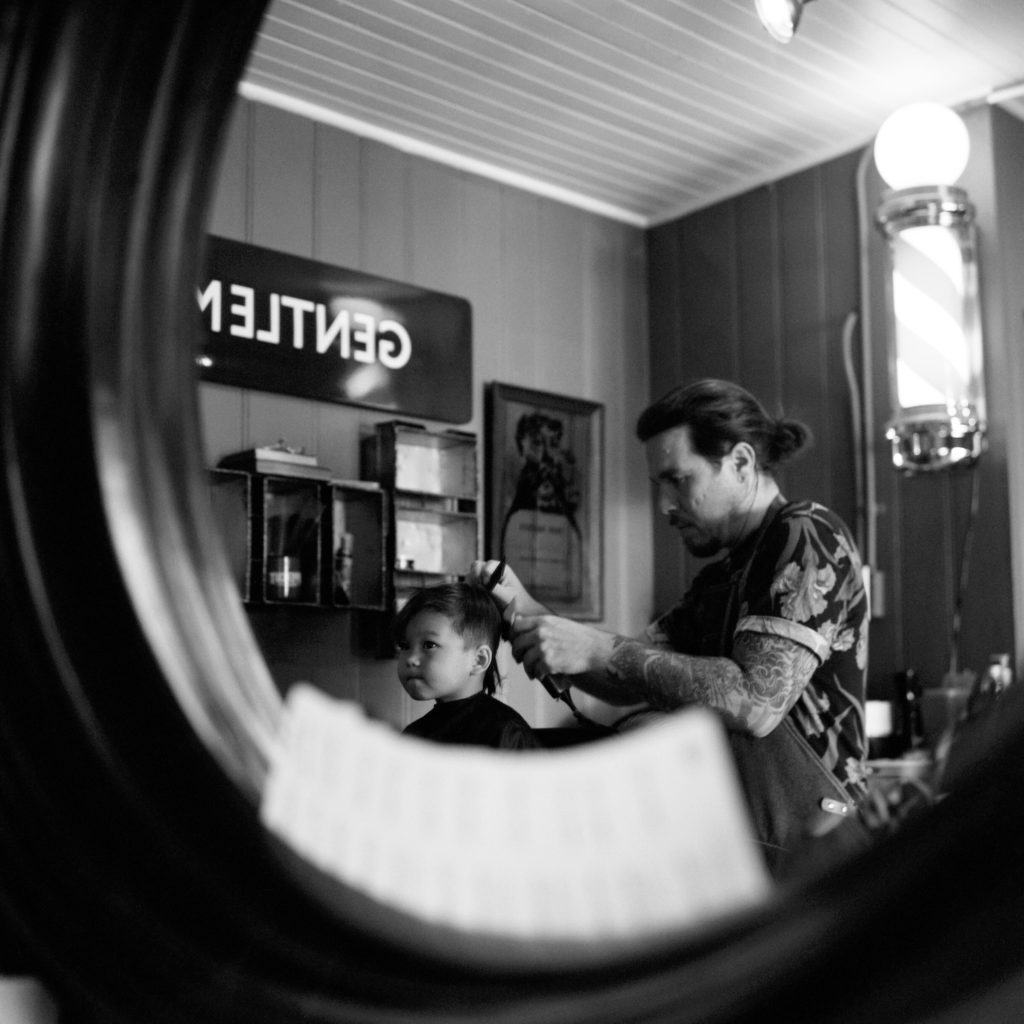We all know that film loves good light. So what happens when you’re stuck in a low light scenario? Can you shoot film then? The answer is yes! Below are a few tips for when you find yourself at a dimly lit wedding reception or in an indoor space with less light than you expected:
1. Use a flash or video lights
Most color film stocks are daylight balanced, which means they’re designed to be shot in open sunlight. Using a flash or video lights can help introduce neutral colored light into your scene when sunlight isn’t available. You can check out our blog post about shooting with flash here. Another less conventional option is to use a video light. While less powerful than flash, video lights provide constant light, so you don’t have to be as technical as you would when syncing shutter speed and flash. Video lights are also less costly and can be purchased on Amazon for as low as $20.
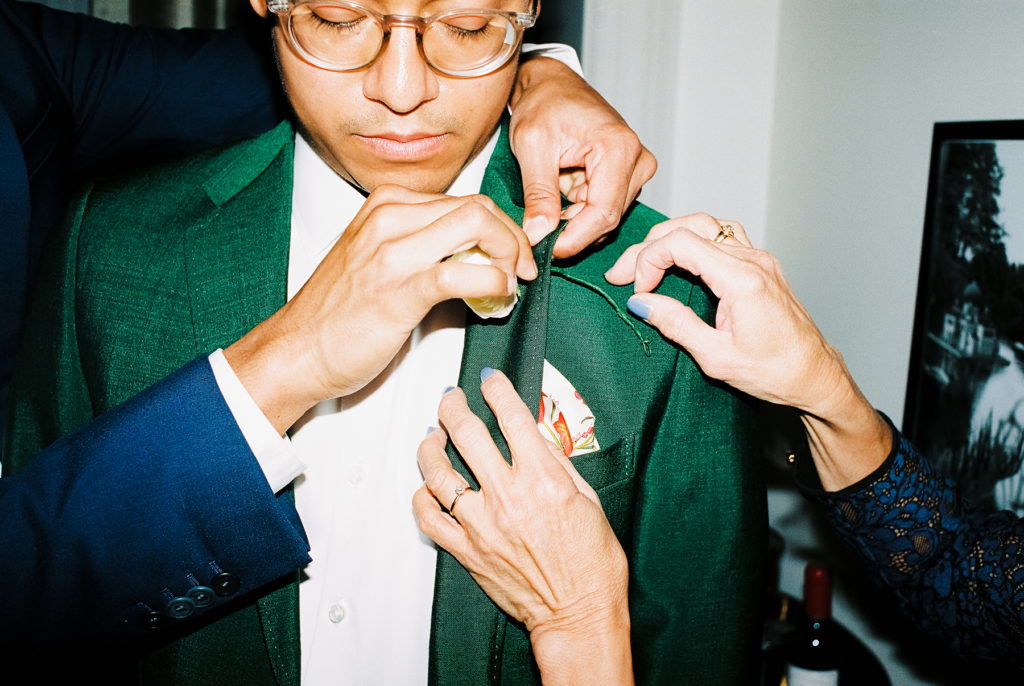
AJ Tamari | Portra 400 | Contax G2 with Contax TLA 200 flash
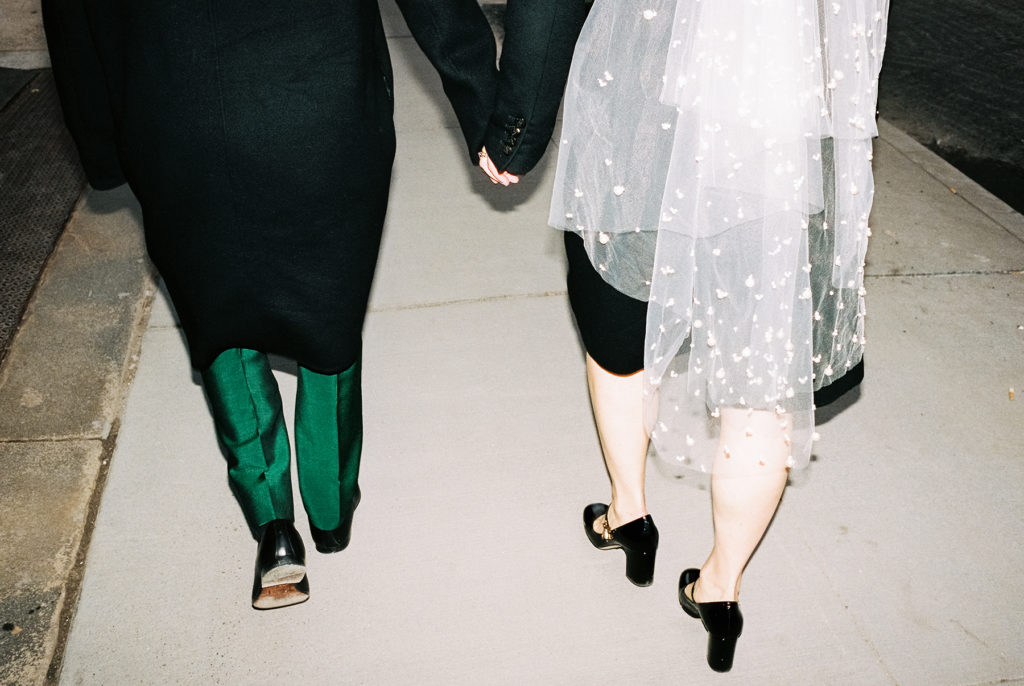
AJ Tamari | Portra 400 | Contax G2 with Contax TLA 200 flash
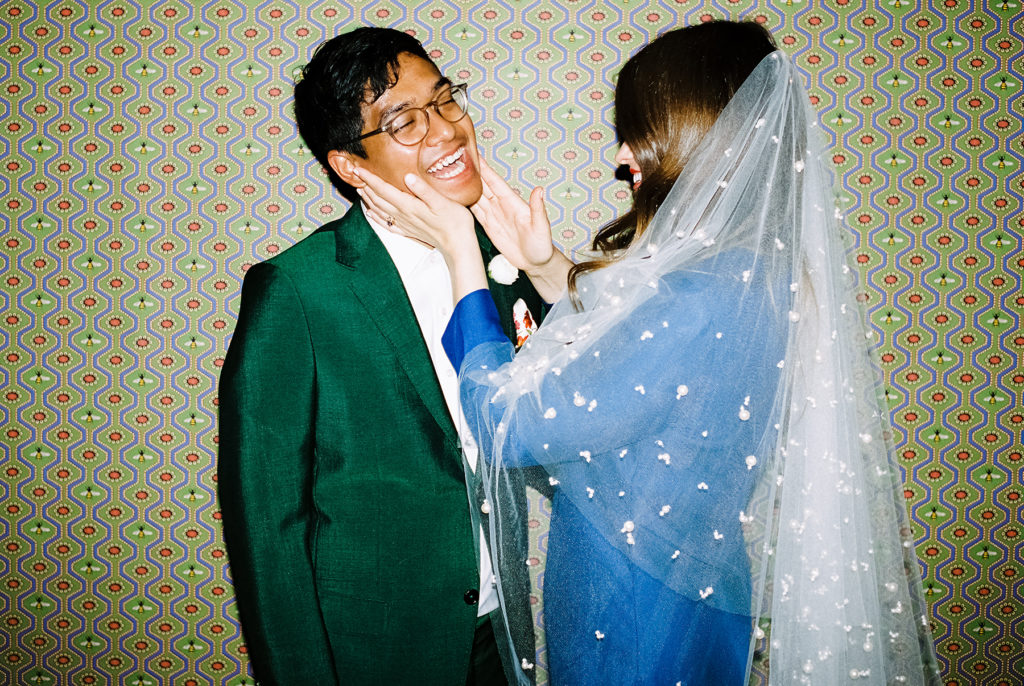
AJ Tamari | Portra 400 | Contax G2 with Contax TLA 200 flash
2. Shoot black & white film instead of color film
If you don’t mind losing color in your images, there are a few black & white film stocks that perform better in low light situations than most color film stocks do. The first is Delta 3200. Just remember to shoot it at 1000 ISO instead of box speed for best results! You can access more information about how to shoot Delta 3200 here and here.
Another option is Kodak T-Max P3200. It’s currently only available in 35mm, but this film has an insane range and can be shot at box speed and still achieve good results. You can get your hands on some here.
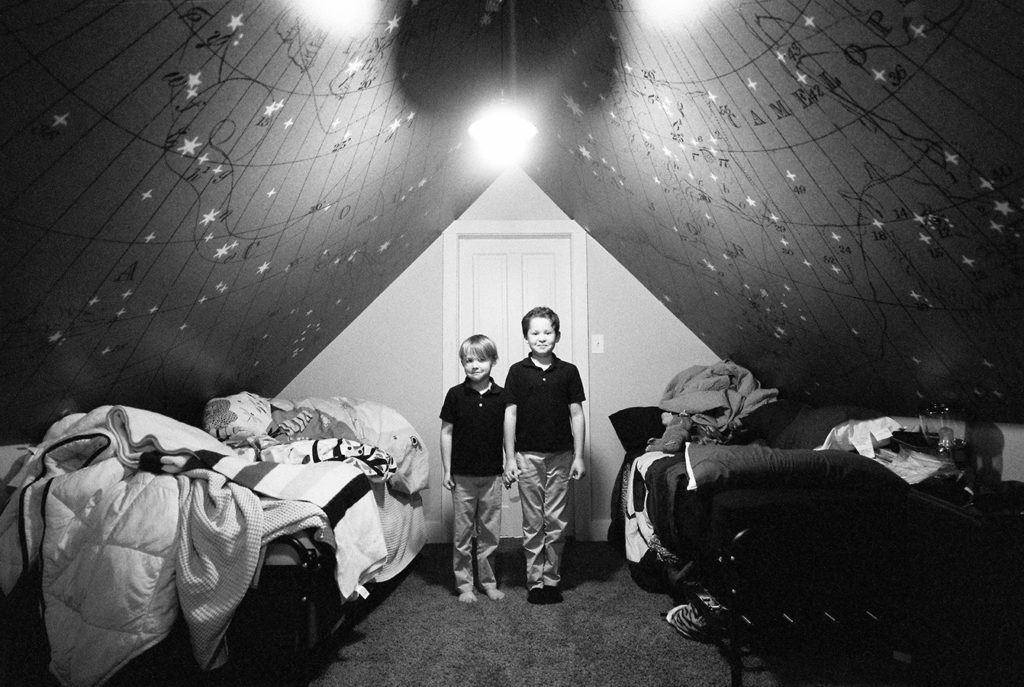
Jonathan Canlas | T-Max P3200 | Contax G2
And finally, Ilford HP5 is a great option, because it has a ton of latitude and can be pushed up to four stops with good results. You can learn more about this film stock here and here.
3. Let your shadows go dark
If you don’t mind a moody look, meter for the highlights instead of the shadows and ask your lab to scan for the highlights. Your shadows will go darker and give you a more contrasty look. Another option is to push your film. While pushing is not a save-all for underexposing, it can add contrast into a scene where you’d normally get flat contrast from underexposing. You can find more information about pushing film here and here.
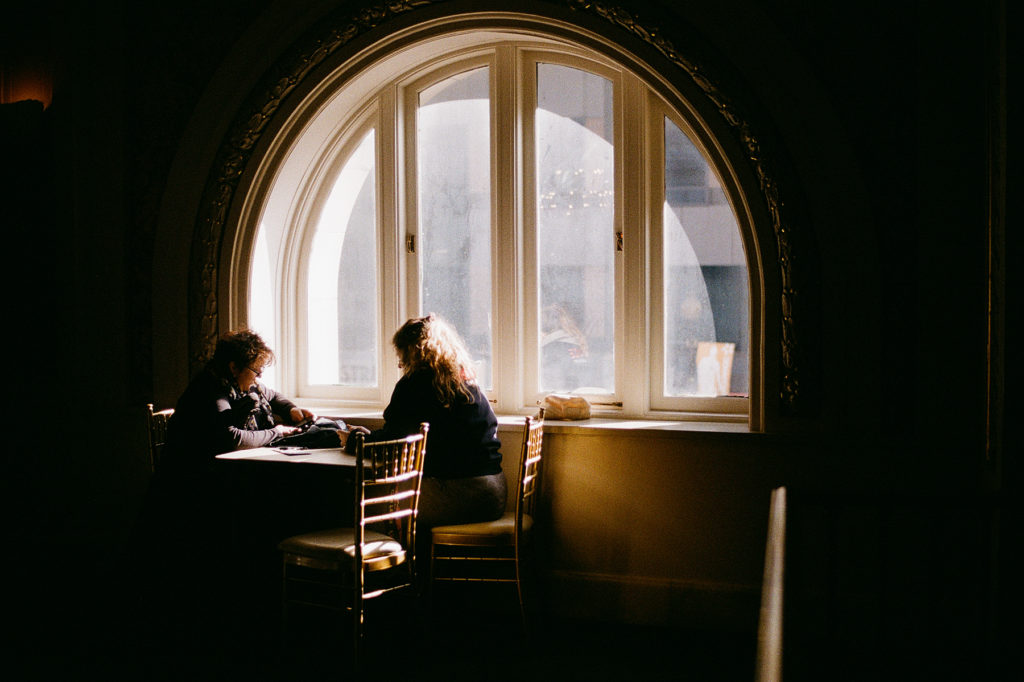
Emma Sarappo | Kodak 200 | Nikon N75
